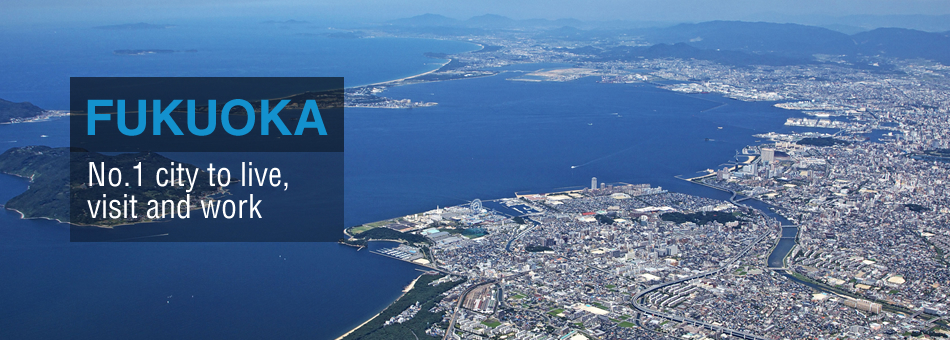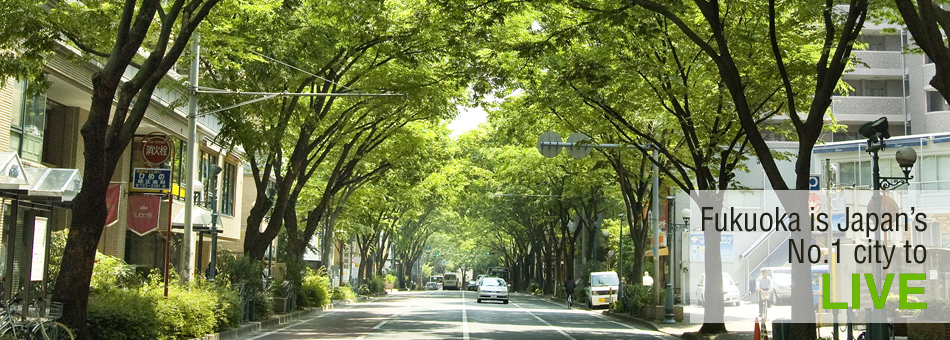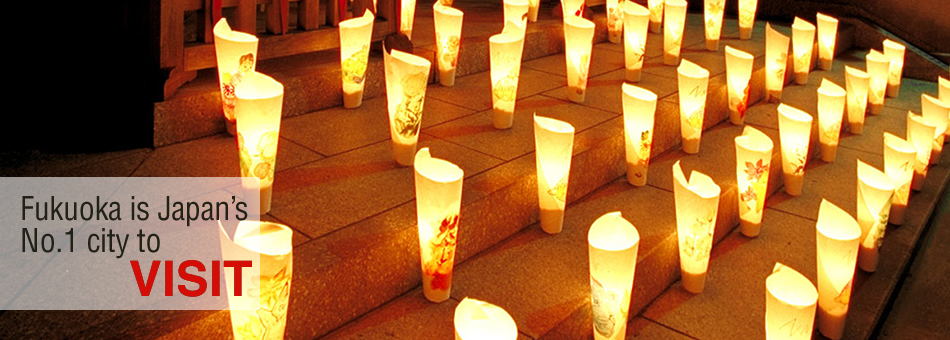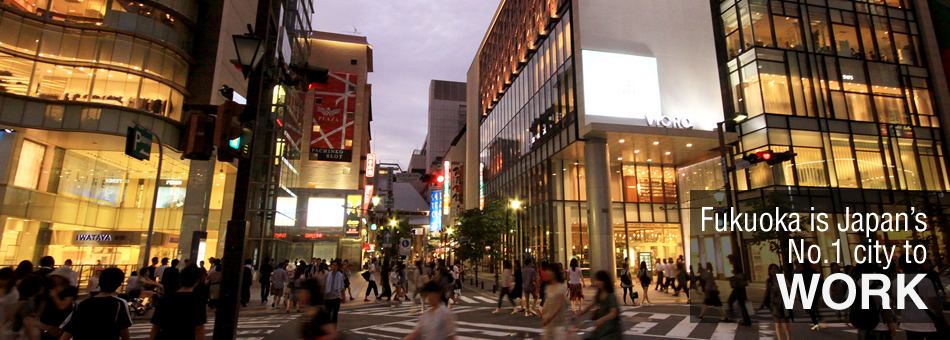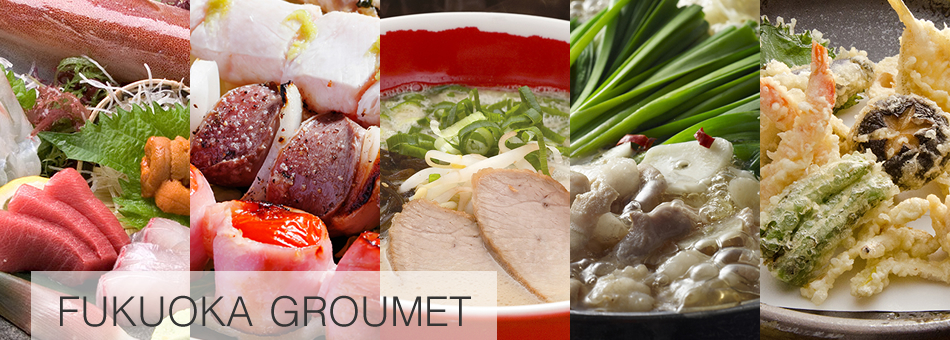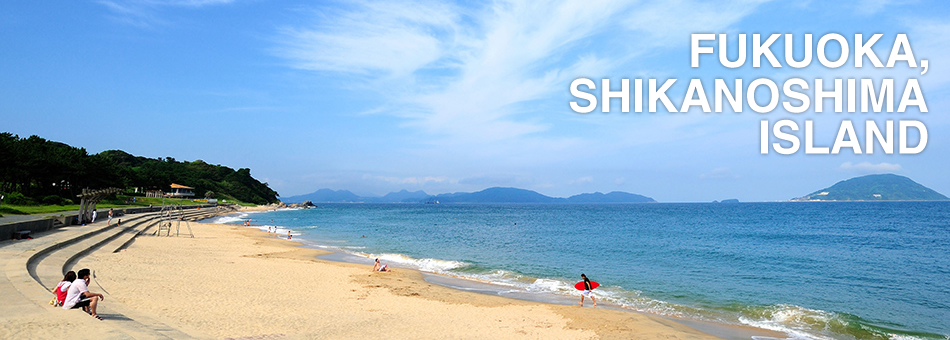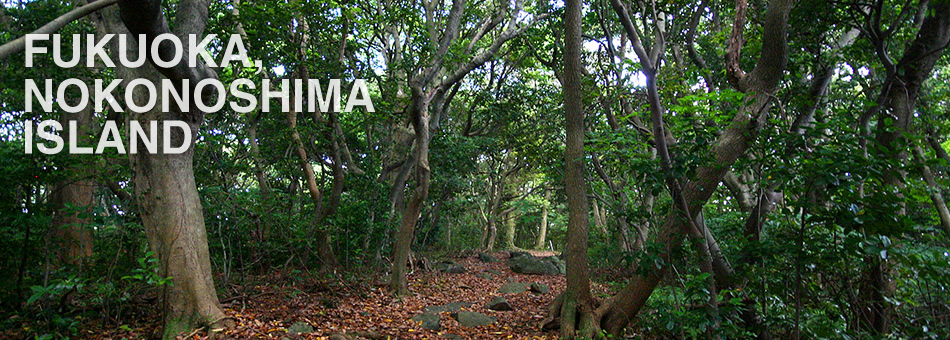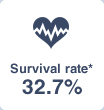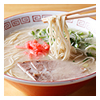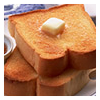Although Fukuoka City is a large city with a population of over 1.5 million, Japanese business people choose it as the best place to live.
Fukuoka City has also been ranked 10th in the World's Top 25 Most Livable Cities 2014, a survey conducted by British lifestyle magazine,
Monocle, which focuses on business, culture and design.
Affordable housing and elements of the city’s infrastructure, such as public transportation, were recognized.
Fukuoka City is a compact city with only a 10-minute travel time between the airport and downtown.
The city’s rich food culture includes fresh fish and Hakata ramen noodles.
The city has a rich and long history with many traditions.
A wide variety of community events are held throughout the year in Fukuoka City and its vicinity.
The city offers many cultural exchange events including annual events such as the Asian Pacific Festival and the Asian-Pacific Children’s Convention.
There is no doubt that Fukuoka is a most livable city for foreign nationals thanks to its kind and caring residents.
Another appealing feature for foreign nationals is that the price of daily necessities in Fukuoka is much lower than those in bigger cities like Tokyo or Osaka, resulting in a lower cost of living.
Because there is no worry about contamination of food and water from the nuclear plant disaster of 2011, people live in safety and with peace of mind.
